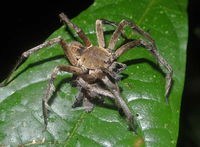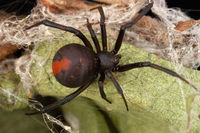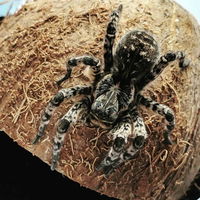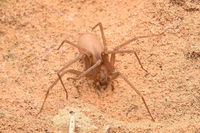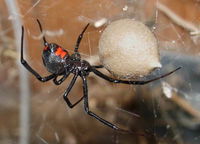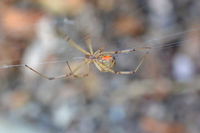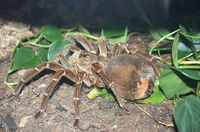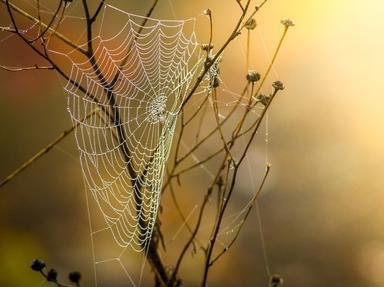
Arachnophilia Trivia Quiz
You may try to avoid these captivating creatures, but trust me, they have many eyes with which to watch you! Do you recognize these ten well-known arachnids?
by reedy.
Estimated time: 3 mins.
- Home
- »
- Quizzes
- »
- Animal Trivia
- »
- Invertebrates
- »
- Arachnids

